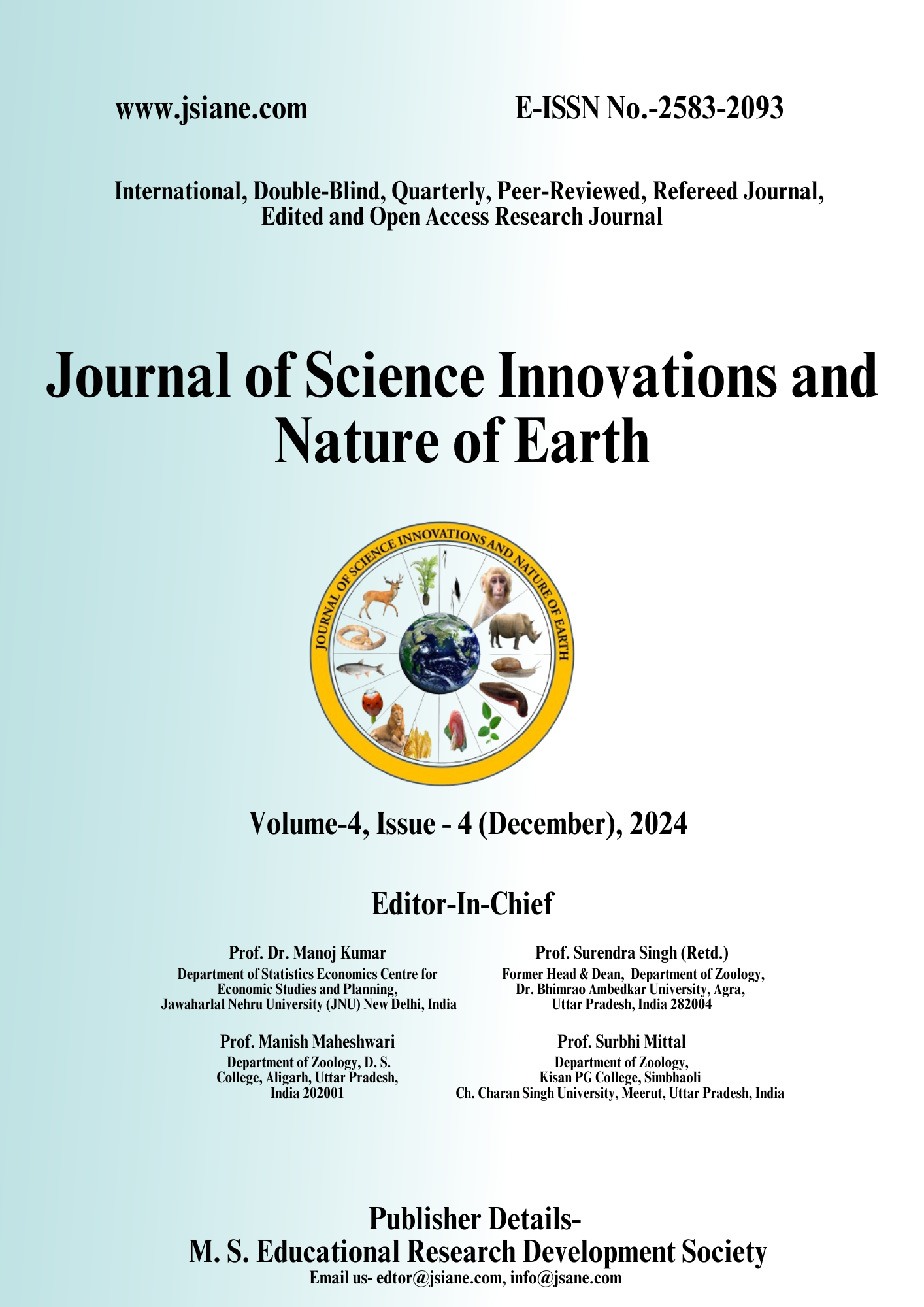Molecular Identification of Potential Pharmaceutical Products Cloxacillin Degrading Bacterial Isolates
DOI:
https://doi.org/10.59436/jsiane.343.2583-2093Keywords:
Cloxacillin degradation, Pharmaceutical pollution, Maximum Tolerance Level (MTL), Molecular identificationAbstract
The increasing presence of antibiotic contaminants in the environment needs the development of environmentally acceptable bioremediation techniques. This study aimed to isolate and molecularly identify soil bacteria capable of degrading pharmaceutical antibiotics, with a focus on cloxacillin. Using an enrichment culture approach, 43 bacterial isolates were isolated from antibiotic-contaminated soils: 10 for norfloxacin (NFX), 11 for levofloxacin (LFX), 13 for amoxicillin (AMX), and 9 for cloxacillin (CXC). Maximum Tolerance Level (MTL) screening found that 7 of the 9 CXC isolates could tolerate up to 500 ppm of cloxacillin, with isolates CXC-1a, CXC-2a, and CXC-7a exhibiting the highest tolerance and growth. Molecular identification using 16S rRNA gene sequencing revealed that the potent isolates were closely related to Bacillus cereus (CXC-7a), Escherichia coli (NFX-7a), Klebsiella pneumoniae (LFX-10a), and Bacillus amyloliquefaciens (AMX-2b). Phylogenetic study revealed their taxonomic and evolutionary ties. The findings indicate that natural soil bacteria, notably Bacillus cereus, have a high potential for bioremediation of cloxacillin-contaminated settings.
References
Binh, V. N., Dang, N., Anh, N. T. K., & Tung, H. H. (2018). Amoxicillin degradation by a bacterial consortium isolated from pharmaceutical wastewater: Efficiency and microbial community analysis. Chemosphere, 211, 1059–1067. https://doi.org/10.1016/j.chemosphere.2018.07.172
Clarridge, J.E., 2004. Impact of 16S rRNA gene sequence analysis for identification of bacteria on clinical microbiology and infectious diseases. Clinical microbiology reviews, 17(4), pp.840-862.
Elmolla, E. S., & Chaudhuri, M. (2010). Degradation of amoxicillin, ampicillin, and cloxacillin antibiotics in aqueous solution by the photo-Fenton process. Journal of Hazardous Materials, 173(1–3), 445–449. https://doi.org/10.1016/j.jhazmat.2009.08.104
Hegazy, M. I., & El-Shafie, A. M. (2020). Isolation and molecular characterization of antibiotic-degrading bacteria from pharmaceutical effluents. Environmental Science and Pollution Research, 27(14), 16845–16854. https://doi.org/10.1007/s11356-020-08123-7
Kümmerer, K. (2009). Antibiotics in the aquatic environment—A review—Part I. Chemosphere, 75(4), 417–434. https://doi.org/10.1016/j.chemosphere.2008.11.086
Malik, A. and Jaiswal, R. (2000). Metal resistance in Pseudomonas strains isolated from soil treated with industrial wastewater. Journal of Microbiology & Biotechnology. 16, 177-182
Mulla, S. I., Hu, A., Sun, Q., Li, J., Suanon, F., Ashfaq, M., & Yu, C. P. (2018). Biodegradation of amoxicillin by Bacillus subtilis and Pseudomonas aeruginosa in a membrane bioreactor. Journal of Environmental Management, 216, 261–269. https://doi.org/10.1016/j.jenvman.2017.08.003
Naik, P., & Deepak, S. (2016). Antibiotic resistance profiling of bacterial isolates from pharmaceutical industry effluents. Journal of Environmental Biology, 37(5), 921–926.
Tiwari, B., Sellamuthu, B., Ouarda, Y., Drogui, P., Tyagi, R. D., & Buelna, G. (2017). Review on fate and mechanism of removal of pharmaceutical pollutants from wastewater using biological approach. Bioresource Technology, 224, 1–12. https://doi.org/10.1016/j.biortech.2016.11.042
Yan, Y., Xu, X., Shi, C., Yan, W., & Zhang, L. (2019). Enrichment and characterization of bacterial consortia for degrading amoxicillin in a microbial fuel cell. Environmental Science and Pollution Research, 26(22), 22498–22508. https://doi.org/10.1007/s11356-019-05594-3
Zhou, N. A., Lutovsky, A. C., Andaker, G. L., Ferguson, J. F., & Gough, H. L. (2014). Cultivation and characterization of bacterial isolates capable of degrading pharmaceutical and personal care products for improved removal in wastewater treatment. Bioresource Technology, 166, 158–167. https://doi.org/10.1016/j.biortech.2014.05.028
Zhuang, X., Chen, J., Shim, H., & Bai, Z. (2007). Isolation and characterization of phenol-degrading bacteria from oil-contaminated soil. Journal of Basic Microbiology, 47(2), 133–139. https://doi.org/10.1002/jobm.200610224

Downloads
Published
Issue
Section
License
Copyright (c) 2024 Maharaj Singh Educational Research Development Society

This work is licensed under a Creative Commons Attribution-NonCommercial 4.0 International License.









